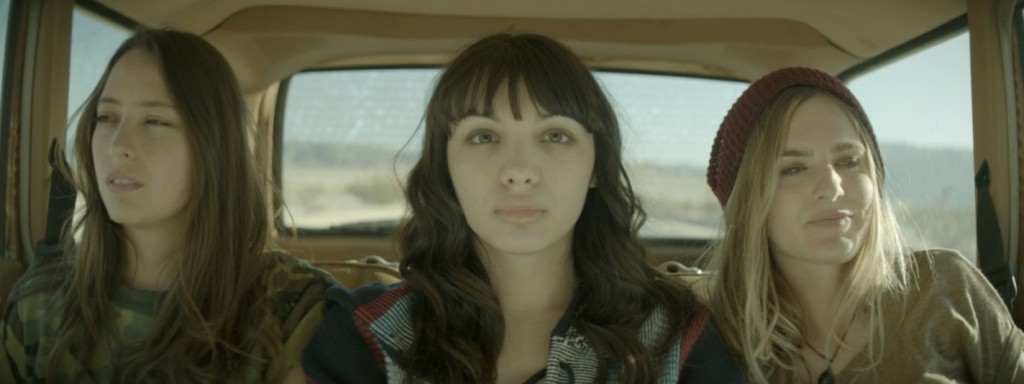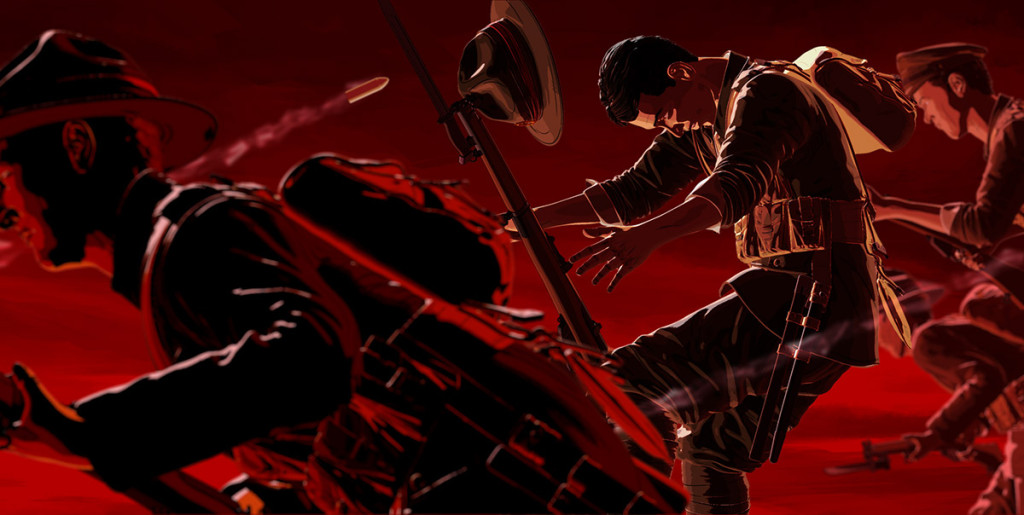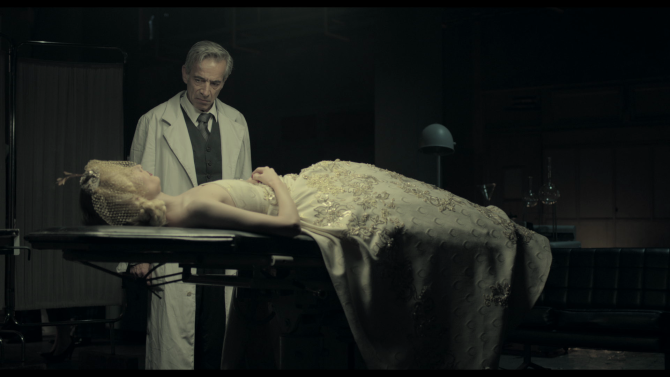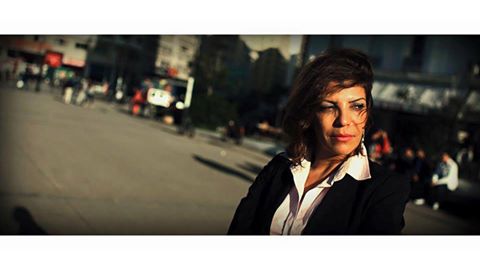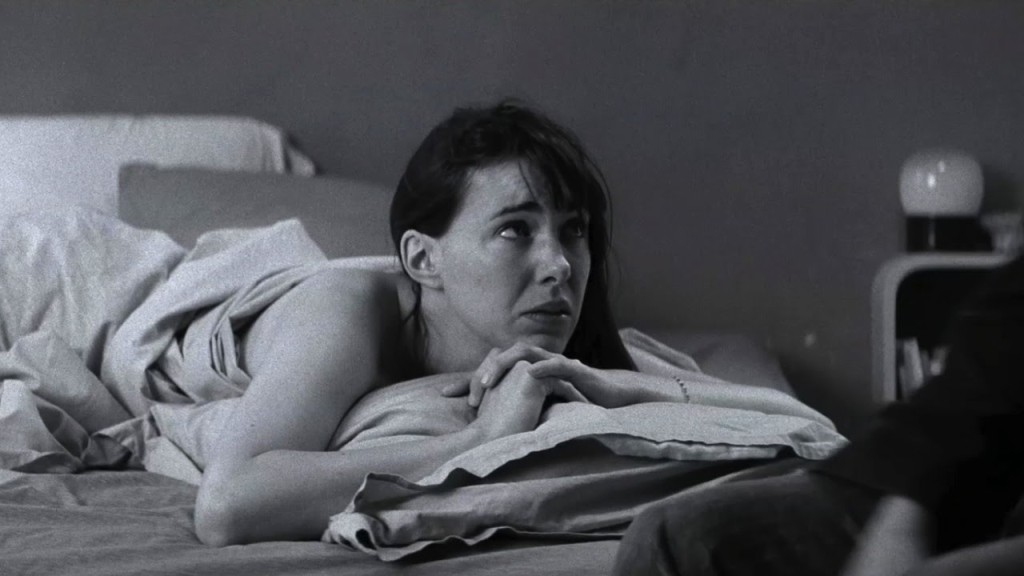Friday was our three-movie day at TIFF. Some hardy festival pros see five a day. We are simply not that hard-core. Our three films were The Apostate, Neon Bull, and Southbound. I hated The Apostate, so I’ll ignore it and spend my attention on the other two films which were simply wonderful in very different ways.
Neon Bull follows a group of cowboys who truck bulls from rodeo to rodeo in the impoverished northeastern part of Brazil. They live on the road and form a loose family unit headed by young mother Galega, who is undeniably in charge of the operation. Our main character is cowboy Iremar, who sews costumes for Galega and has a passionate dream of becoming a professional fashion designer.
The film making is gorgeous and the window on the lives of the characters is unique. The story is delivered with stark but poetic realism which is enhanced by several dream-like sequences, including a spectacular interlude where Iremar communes with a horse, and a long — and I think unique — sex scene at the very end of the movie. The movie never comes to a particular point. I wish it had, but it was so gorgeous that I loved it despite the lack of a satisfying ending.
I also loved the horror anthology Southbound, for very different reasons. After overdosing on low-narrative arty movies it was heavenly to see something that delivered five cohesive stories with actual endings. Give me story, dammit! Southbound over-delivered, knitting the five stories into a seamless whole. All are about travelers on a particular desert highway who brush too close to a malevolent nowhere town. All come to a point of crisis, big or small, where they have to put their trust in strangers, and all come to horrific, splattery ends that had me squirming in my seat.
To say any more would be to give it away. Southbound delivers several visuals that I won’t forget for a long time, including iconic desert vistas with nebulous monsters/entities hanging in the mid-distance. I’ll be watching for them on my next road trip. Shiver.

